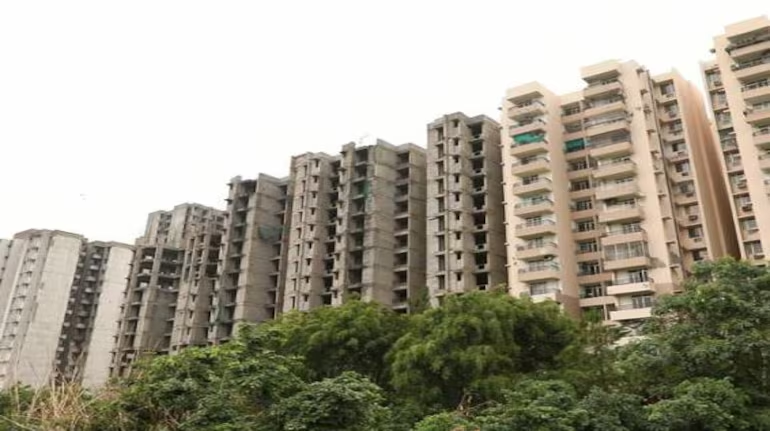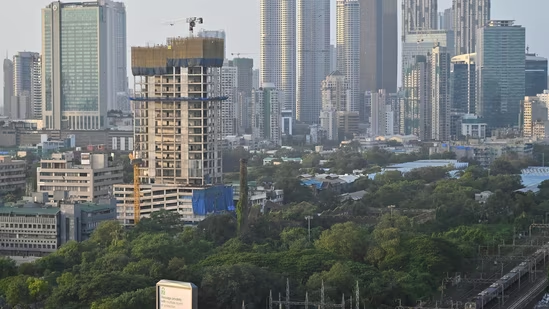Report
A checklist to remove affordable housing bottlenecks, JLL report


The following is the report Anuj Puri, Chairman & Country Head, JLL India
Large-scale affordable housing in cities is the greatest necessity of urban India today. Because Indian cities have such a severe shortfall on this front, we are seeing the proliferation of slums and unorganised real estate. These are detrimental to the planned growth of our cities.
Large-scale urban developments – the only way to create affordable housing in the required magnitude in our major cities – are becoming increasingly difficult due to lack of land parcels, congested transit routes, lack of finance, rising input costs and regulatory hurdles.
If we take a birds-eye view of the problems plaguing this sector, the vision of Housing for All by 2022 becomes a hazy one at best. It is vital that these issues are addressed on a priority basis urgently so that a comprehensive framework can be established for ensuring the development of affordable housing.
On analysing the bottlenecks that currently hold affordable housing in India to ransom, it emerges that any approach towards a workable solution will have to encompass at least seven important functions. These are:
1. Formulate guidelines for identifying the right beneficiaries:
It is important to formulate guidelines that will identify the appropriate beneficiaries for affordable housing projects. This is critical, as the involvement of speculative investors in such projects defeats to the whole purpose. The National Population Register and issuance of unique identities via the Unique Identification Authority of India will become crucial elements in identifying the right beneficiaries if they are linked with income levels.
2. Innovate on micro-mortgage financing mechanisms to ensure a larger reach:
Effective financing through micro-mortgages by utilising the reach of self-help groups (SHGs) and other innovative financing mechanisms can ensure that housing finance is available to large sections of lower-income groups (LIG) and economically weaker sections (EWS). Flexible payment mechanisms should be put into place, as households in low-income groups typically have variable income flows.
3. Incentivise developers to enter affordable housing segment:
Urban local bodies can develop guidelines by giving free sale areas, extra floor space index (FSI) and other policy-level incentives to real estate developers, thereby attracting them to develop affordable housing. Schemes for redevelopment and slum rehabilitation should be developed with incentives that generate sufficient returns for the developers, while simultaneously controlling the development density. A cost-benefit analysis of regulations should be carried out from a development perspective to ensure that schemes to facilitate affordable housing development are actually realistic and feasible.
4. Streamline land records to improve planning and utilisation of land:
Adequate availability of land for housing and infrastructure can be ensured by computerisation of land records, use of geographical information systems, efficient dispute redressal mechanisms and implementation of master plans. The central government and some state governments have already begun work on this front, but there is still a lack of required pace.
5. Include mass housing zones in city master plans:
Additionally, ensure that these zones are developed within a pre-determined schedule, accounting for the future requirement of affordable housing. Some cities have already dedicated zones for the development of affordable housing in their master plans. This needs to be replicated in other cities and towns – with a sharp focus on development timelines.
6. Deploy well-researched rental housing schemes in urban areas:
Authorities like the Mumbai Metropolitan Region Development Authority (MMRDA) have experimented with rental housing schemes in the past. However, these have not been very successful as a proper framework for such schemes was missing. The most visible limitations were that the development of rental housing took place in far-flung areas which are not suitable for affordable housing, and the lack of viable means to identify the right end-users.
7. Formulate policies for greater participation from the private sector:
The private sector can play a big role in affordable housing, most notably in terms of providing technological solutions, project financing and delivery. Disruptive innovations on these fronts, with a specific focus on affordable housing, are the need of the hour. We need imaginative, workable solutions to reduce the costs of construction in the face of rising input costs. As construction costs account for a significant portion of the selling price of affordable housing units, savings accrued on the back of such innovations can immensely benefit the occupier.
It bears mentioning that none of these solutions will work well in isolation. Given the complexity of the affordable housing conundrum in India, only a multi-pronged approach with equal weightage given to each element can hope to break the deadlock. The Housing for All by 2022 is indeed a workable vision if a determined and focused effort based on these solutions is employed – and it will definitely yield the desired results.
-



 Interviews4 weeks ago
Interviews4 weeks agoHigh Rental Yield, Price Appreciation, Stable Growth, Make Sydney an Ideal Realty Investment Option: Haansal Estate
-



 News3 weeks ago
News3 weeks agoManasum Senior Living Launches IKIGAI GOA, A Senior Living Community in North Goa, in collaboration with Prescon Homes
-



 News2 weeks ago
News2 weeks agoKW Delhi 6 Mall Onboards New Brands
-



 News1 week ago
News1 week agoGodrej Properties Sells Rs 3k cr+ Homes of Godrej Zenith, Gurugram, within 3 days
-



 News3 weeks ago
News3 weeks agoBridging India Divide: Top 5 Tier- 2 Cities to Focus On
-



 News2 weeks ago
News2 weeks agoCommercial Realty Gets Tech Savvy: Fast Construction, Enhanced Convenience
-



 News3 weeks ago
News3 weeks agoMultipoint Connection – A Definite Boon
-





 News2 weeks ago
News2 weeks agoRBI’s Status Quo on Key Policy Rates to Help Maintain the Real Estate Growth Momentum, Say Industry Stalwarts
























